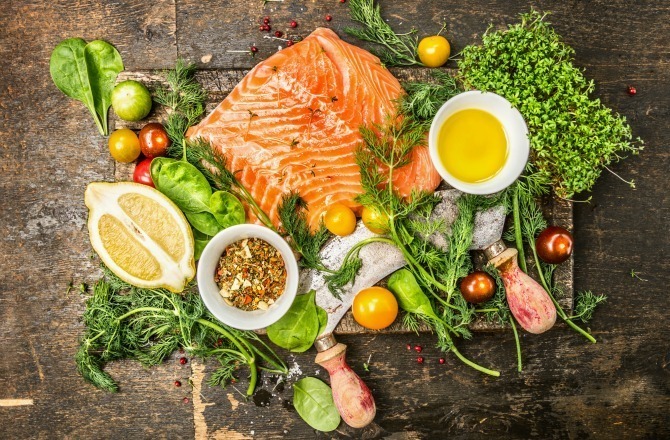What Should Really Be On Your Clean-Eating List
To clarify, clean eating does not mean how thoroughly you wash your fruits and vegetables. Instead, clean eating refers to the foods that you fill your grocery cart with. You know that fresh produce is always on the list of approved healthy foods, but what about other nutrient-dense foods that cannot be found in the produce isle?
Click here for Top Clean Eating Trends for 2015 slideshow.
Cleaning up your diet can be a great way to refresh your eating habits and replace unhealthy foods with healthy and nutritious foods. Knowing what to eat is just as important as knowing what to avoid. You can bring along this clean-eating list next time you visit the grocery store.
Produce
This may be the most obvious but it is definitely the most important. Although fresh produce is always a great option, during certain seasons, you can stock up on frozen fruits and vegetables, especially if you are worries about using it all during the week. Fruits and vegetables can be incorporated in your breakfast, lunch, and dinner, and even as a snack.
Whole Grains
Whole grains should always be selected over refined grains because the nutrients are still present in whole grains. When it comes to pasta and bread, choose whole wheat and you can also try rice substitutes such as quinoa, oats, and brown rice.
Lean Protein
Depending on your dietary preference, there are vegan, vegetarian, paleo, and gluten-free lean protein sources. Choosing beans, lean meat, seafood, Greek yogurt, peas, eggs, nuts, and seeds are all lean sources of protein that deserve a spot on your grocery list.
Flavor
With clean eating, you won't have to sacrifice flavor. You can uses spices, vinegars, and oils to dress your favorite salad, season your chicken, or flavor your breakfast oatmeal. A little goes a long way with these condiments and that way, you can skimp on the salt and sugar.
The accompanying slideshow is provided by fellow Daily Meal editorial staff member Lauren Gordon.
